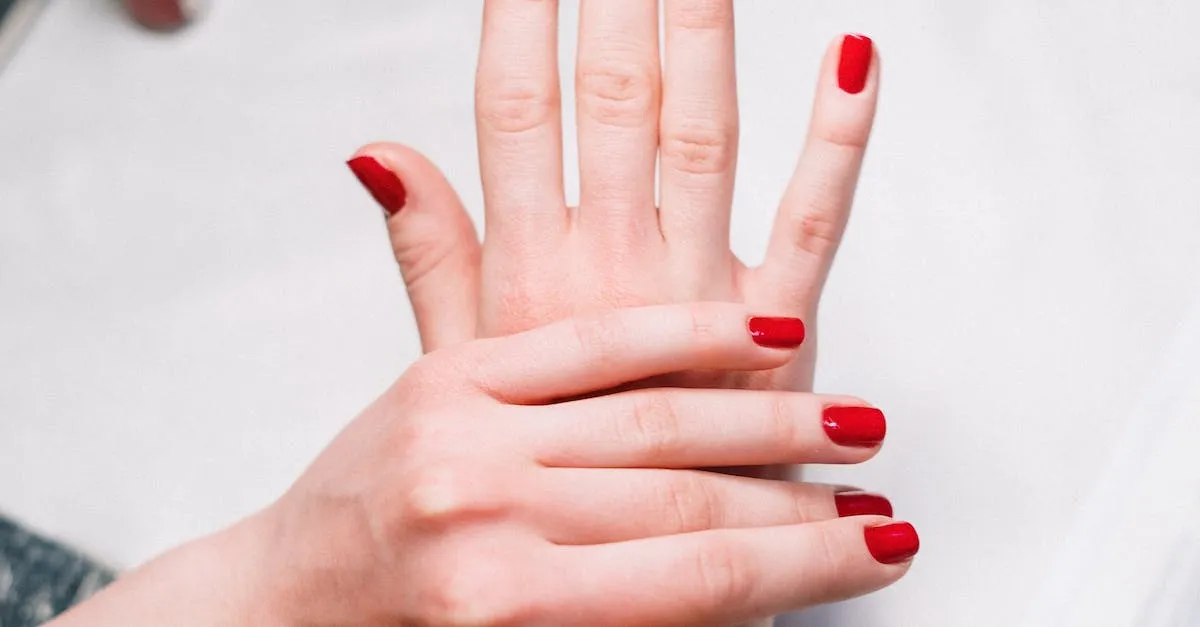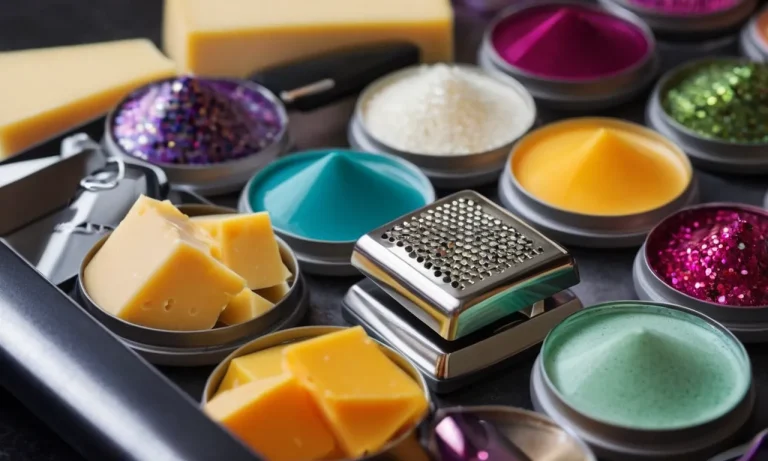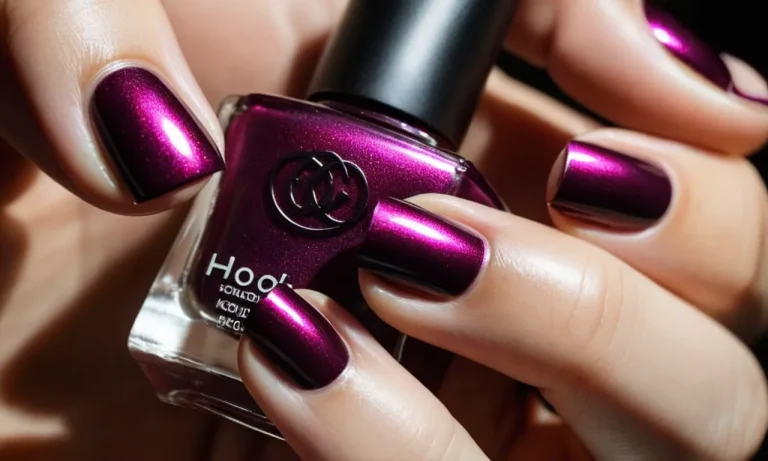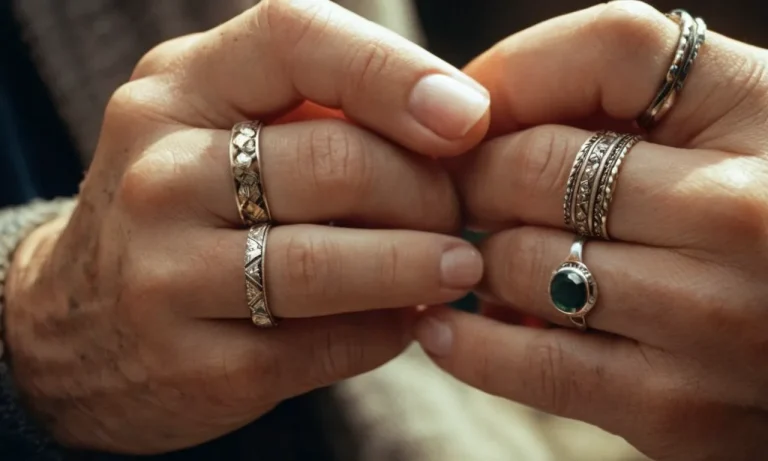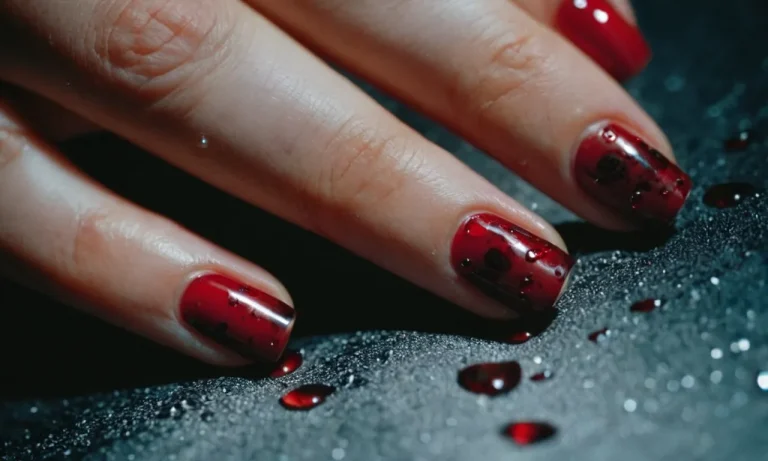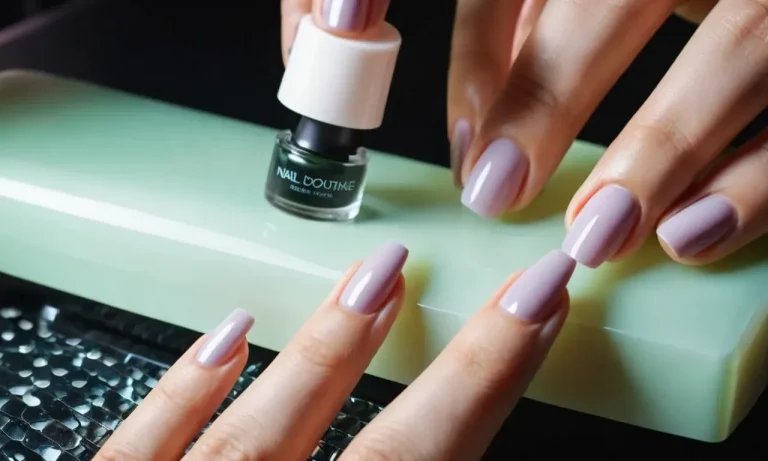Why Do My Toenails Curl? Causes And Treatments
If you’ve noticed your toenails starting to curl under at the edges, you’re not alone. Curled toenails are a common occurrence that can happen for a variety of reasons. While it may not seem like a big deal, severely curled toenails that go untreated can become painful and lead to infection.
So what causes toenails to curl under? Read on as we explore the common culprits and provide tips for getting your toenails back to normal.
If you’re short on time, here’s a quick answer to your question: Curled toenails are often caused by poorly fitted shoes, injury/trauma, fungal infections, or aging. Keeping your toenails trimmed, wearing proper footwear, and treating underlying conditions can help straighten curled nails.
Common Causes of Curled Toenails
Ill-Fitting Shoes
One of the most common causes of curled toenails is wearing shoes that don’t fit properly. When your toes are constantly rubbing against the top or sides of your shoes, it puts pressure on the nail bed. Over time, this can cause the nail to start curling under or over.
Tight shoes, shoes with a narrow toe box, and high heels are notorious for causing toenail issues.
To prevent toenail curling from ill-fitting shoes, make sure to wear properly sized footwear. When trying on shoes, ensure there is a little over 1⁄4 inch of space between your longest toe and the end of the shoe. The toe box should have enough room to wiggle your toes.
Consider switching to shoes with a wide or square toe box if you have wider feet. Also, don’t wear high heels every day – give your toes a break with flats, sneakers or sandals instead.
Injuries and Trauma
Physical trauma like stubbing your toe or dropping something on your foot can also cause toenails to curl. The impact can damage the nail bed, disrupting nail growth. Ingrown toenails are another common cause – when the edges of the nail start growing into the skin, it forces the nail to grow at an irregular angle.
Treating underlying physical trauma is key to correcting the nail deformity. Properly trimming ingrown nails, taping them or getting minor procedures from a podiatrist can allow them to grow back normally.
Avoiding further stubbing injuries by wearing steel-toed boots or shoes for strenuous activities is also recommended. If the nail was damaged from trauma, it will take 4-6 months for it to grow out, but it should gradually appear more normal.
Fungal Infections
Toenail fungus, medically known as onychomycosis, can lead to thickened, brittle, distorted nails. The infection causes inflammation and debris under and around the nail, making it difficult for the nail to grow properly.
As the fungus worsens over time, it can result in yellow, brown or green discoloration and curled edges.
Prescription oral antifungal medication is often needed to fully get rid of toenail fungus. Keeping the feet clean and dry, using antifungal foot powder and applying topical treatments can also help. However, the nail damage caused by the fungus can be permanent, so getting it treated early is ideal.
If the infection is severe, the toenail may need to be removed so a healthy one can regrow.
Aging
As we get older, our toenails often become thicker and more brittle. This aging process makes them more prone to cracking, breaking or curving. In fact, ingrown toenails are most common in those over 60 years old.
Regularly trimming and filing nails can help mitigate some of the thickness and brittleness that comes with aging. Applying moisturizer to the nails and cuticles every day keeps them flexible and reduces cracking.
Older adults should also be vigilant about properly fitting footwear to avoid excess pressure on nails. Getting medical help to correct ingrown or curled nails prevents them from worsening over time.
Risks and Complications of Curled Toenails
Dealing with curled toenails can lead to some unfortunate risks and complications if left untreated. Being proactive and taking care of minor issues early can help avoid more painful problems down the road.
Ingrown Toenails
One of the most common issues associated with curled toenails is ingrown toenails. This occurs when the sharp edges of the nail grow into the skin surrounding it, causing irritation, swelling, infection, and pain.
According to research from the National Institutes of Health, around 23% of people will experience an ingrown toenail at some point. The curling of the nail presses it into the skin and encourages bacterial growth and infection.
Infection
Cracked, injured, or irritated skin around a curled nail is vulnerable to bacterial and fungal infection. The dark, moist area under the nail provides an environment where microbes can thrive. Typical infections include:
- Paronychia – bacterial infection of skin near nails
- Onychomycosis – fungal nail infection
- Cellulitis – deeper soft tissue infection
Research in the Journal of the American Podiatric Medical Association found that up to 20% of nail disorders also involve onychomycosis. Infection risks increase with age and diabetes.
Pain and Discomfort
Even without full-blown infection, curled nails commonly cause annoying pain and discomfort. The jagged edges rub on socks and shoes, while the uneven pressure on the nail bed is unpleasant. Over time, this repetitive trauma can progress to ingrown nails, swelling, and throbbing pain.
Proper trimming and filing can eliminate sharp edges and relieve discomfort caused by shoe friction on nails. However, severe cases may require removal of part or all of the nail. This can carry risks of permanent nail deformity or nail regrowth abnormalities.
Treatment Options for Curled Toenails
Proper Footwear
Wearing properly fitted shoes that have enough room in the toe box is crucial for preventing toenail curling (source). Shoes that are too tight can apply pressure to the toenails, forcing them to grow at an angle or curve under the skin.
When shopping for shoes, look for ones made of soft, flexible materials that allow enough space for your toes to move comfortably without rubbing or pressing against the sides or top of the shoe.
Trimming and Filing
Regularly trimming and filing your toenails can help prevent them from becoming ingrown or curling (source). Use sharp nail clippers to keep your toenails trimmed straight across, then gently file the edges with an emery board to smooth them.
Be careful not to trim your nails too short, as this can encourage the skin at the corners to fold over the nail. Filingcreates a rounder edge that is less likely to grow into the skin.
Medications
For recurring or severe ingrown or curled toenails, your doctor may prescribe oral or topical medications. Antibiotics, either oral or topical, treat infections and inflammation associated with the condition (source).
Topical wart removers containing salicylic acid can also be used to soften the nail and surrounding skin to reduce pain and encourage normal nail growth. Corticosteroid injections may temporarily relieve pain and swelling as well.
Surgery
If other treatments are unsuccessful, surgery may be done to remove part or all of an ingrown or curled toenail. Some common surgical options include (source):
- Partial nail removal (nail edge resection) – trimming off the side of the nail that is ingrown
- Complete nail removal (nail avulsion) – removing the entire toenail
- Destruction of nail root – permanently preventing regrowth of the toenail
The surgery is done under a local anesthetic and often allows for normal nail growth afterward. Following your doctor’s post-care instructions can promote proper healing.
Preventing Curled Toenails
Wear Shoes That Fit
One of the most common causes of ingrown and curled toenails is wearing shoes that are too tight or narrow for your feet. When your toes are constantly pressing against the front of your shoes, it puts pressure on the nails and causes them to grow at an angle or curl under the skin.
Be sure to have your feet properly measured when buying new shoes to ensure you are purchasing the right size. There should be about a half inch of space between your longest toe and the end of the shoe. Shoes that conform closely to the shape of your feet will also help prevent nail issues.
Trim Nails Properly
Trimming your toenails regularly is vital for preventing the nails from embedding into the surrounding skin. Use sharp nail clippers to cut the nails straight across to avoid leaving sharp corners that can dig into the skin. After trimming, use a nail file to smooth the edges.
The ideal nail length is just above the toe pad. Cutting nails too short increases ingrown nail risk. Allow slightly more length on thumbs and big toes since those take more pressure. Never rip or tear nails using tools or with fingers, as this can lead to splits and breaks in the nail.
Treat Underlying Conditions
Certain foot conditions like bunions and hammertoes can alter the angle of toenail growth, resulting in curled, painful nails. Getting proper treatment for these issues can help realign the toenails.
For example, using bunion splints, toe spacers, or getting bunion surgery can help straighten toes impacted by bunions. Special toe caps and pads are available to help ease hammertoes. Addressing such foot structure problems may prevent toenail curving.
Moisturize Nails and Cuticles
Keeping toenails and surrounding skin moisturized prevents cracking and ingrowth risk. Apply a urea-based cream daily, focusing on cuticles and corners of nails where ingrowth often occurs. Petroleum jelly is also an effective moisturizer.
Exfoliate dead skin around nails weekly with a pumice stone or foot scrub. Soak feet in warm water to soften skin first. Avoid harsh scrubbing and don’t trim cuticles, as this can encourage hangnails.
Conclusion
While curled toenails are rarely serious, addressing them properly is important to avoid complications like ingrown nails and infections down the road. Pay attention to any changes in the shape or texture of your nails and discuss persistent curling with your doctor.
With some minor foot care adjustments and prompt treatment if needed, you can get your toenails looking healthy again.
The bottom line is that curled toenails are often preventable with proper footwear, nail care, and treatment of underlying conditions like fungal infections. But if you do develop persistent curled or ingrown nails, don’t hesitate to see a podiatrist for medical advice and options.

